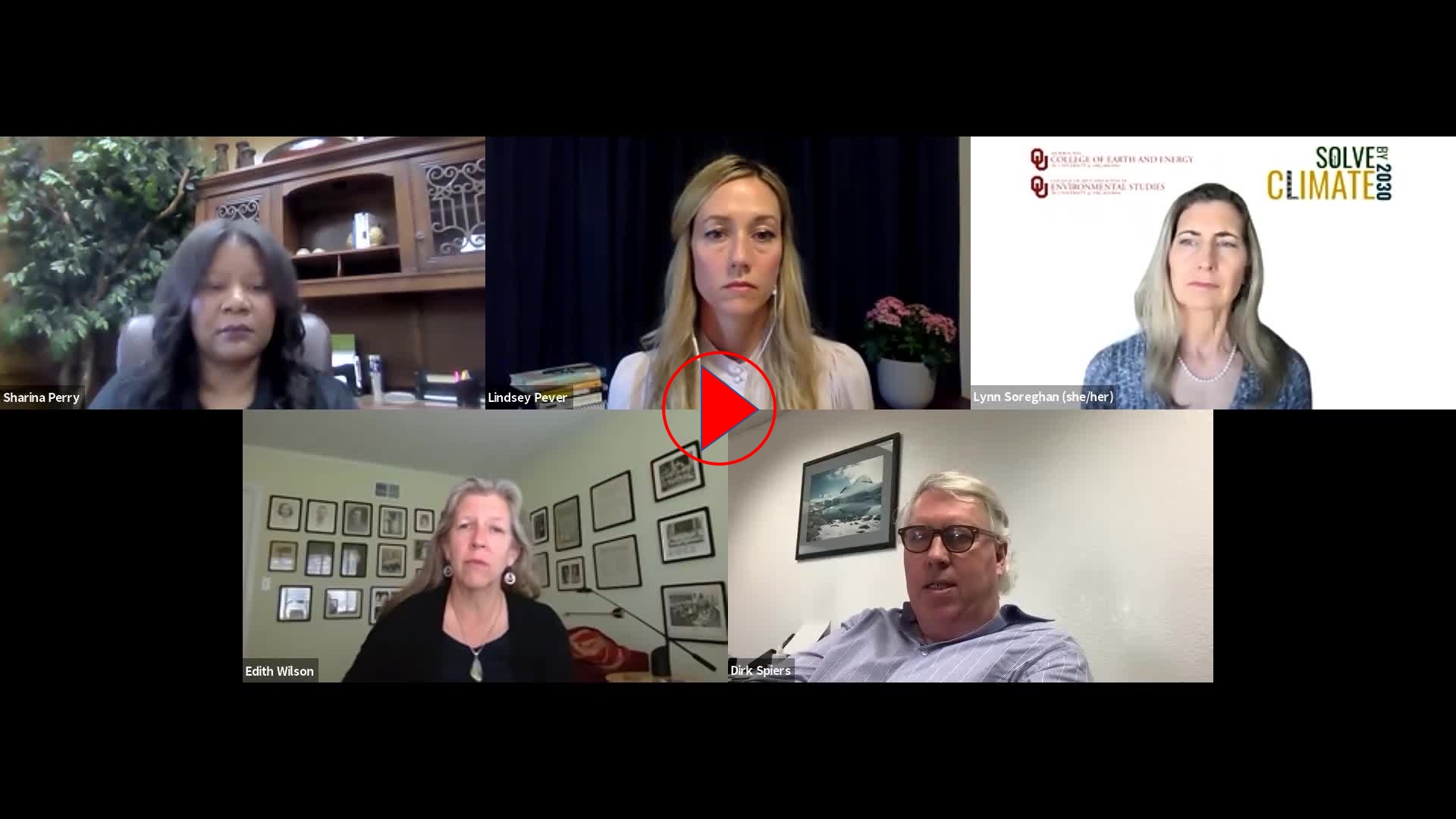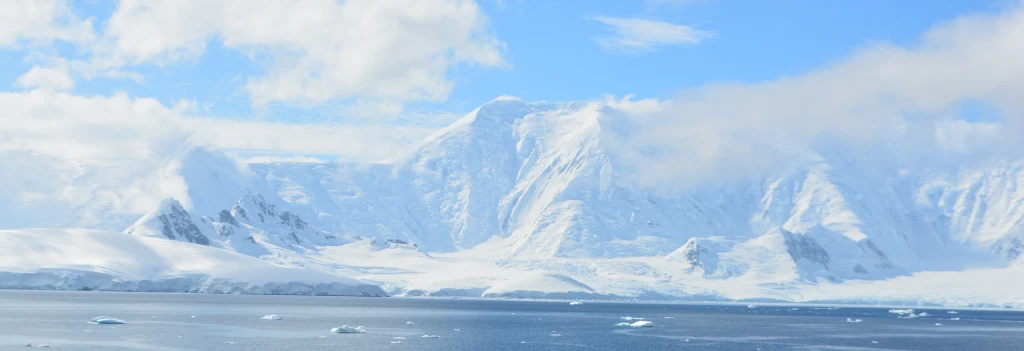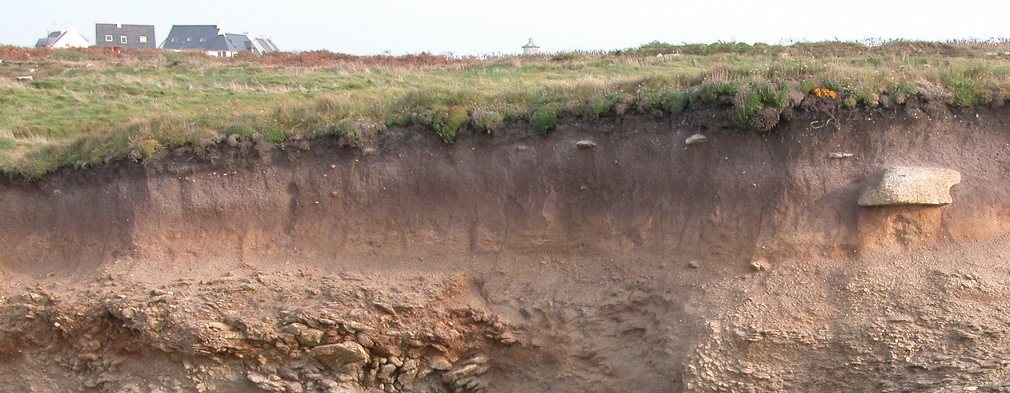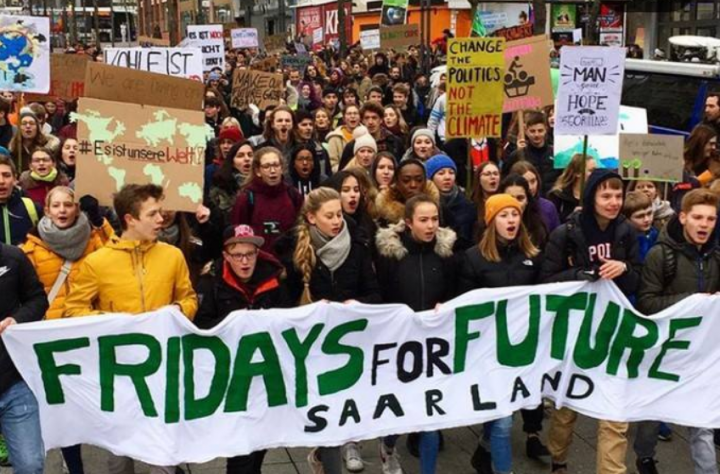
In honor of Earth Day 2021, we are posting the video of a webinar Lynn Soreghan and I organized at OU two weeks ago as part of an international initiative led by Center for Environmental Policy at Bard College. At over 100 universities around the US and across the world local experts presented steps individuals can take to address the climate crisis.
Our own Oklahoma Climate Dialog was moderated by Lynn, and featured four speakers talking about what each of us can do to make a difference when it comes to climate.
- Edith Wilson, a Tulsa-based consultant on renewable energy and climate mitigation, spoke about the energy transition generally, but then focused on the carbon implications of our dietary choices.
- Dirk Spiers, owner of Spiers New Technology, a leader in recycling batteries for electric vehicles, spoke about the benefits of electric vehicles–for climate and other aspects of life.
- Sharina Perry, founder of Utopia Plastix, and inventor of the plant-based plastic it manufactures and distributes, spoke about being an intentional consumer.
- Lindsey Pever, an attorney specializing in renewable energy clients, spoke about how to be an effective participant in the political process.
(For more information about the speakers, see the event website. The webinar was sponsored by OU’s Mewbourne College of Earth and Energy, and the Environmental Studies Program in OU’s College of Arts and Sciences.)
An aspiration for the Solve Climate By 2030 project is that educators will devote class time to discussing climate change–under the rubric #MakeClimateAClass. To help with this effort the organizers at Bard have assembled a rich set of educational resources, including discussion templates for classes in a wide range of subjects. Other videos from this year’s series are being added to the Solve Climate By 2030 YouTube channel (you can also view videos from 2020’s dialogs). If you teach, our or another video might help get a discussion going in your class–and you might find one from your own state or country.
Our dialog did a great job of bringing into focus the question of how individual action bears on collective problems like climate change. Lynn and I will be back next week with some thoughts on that issue.















You must be logged in to post a comment.